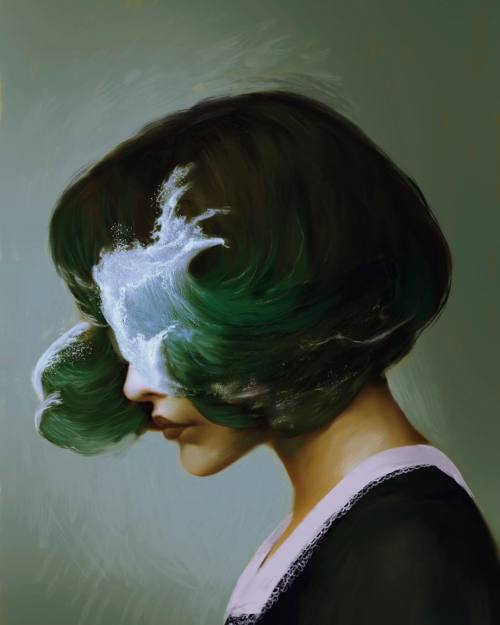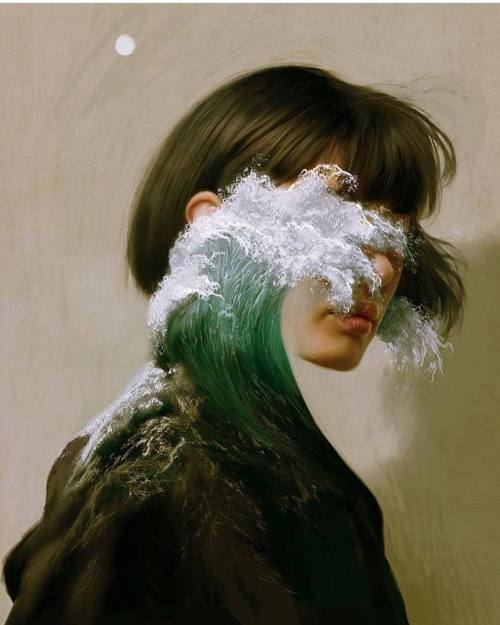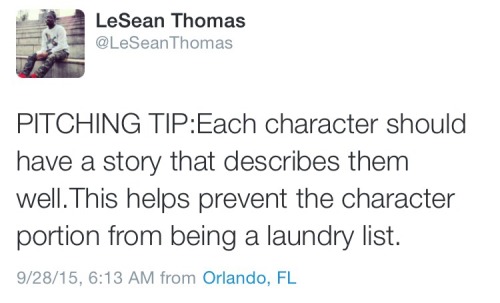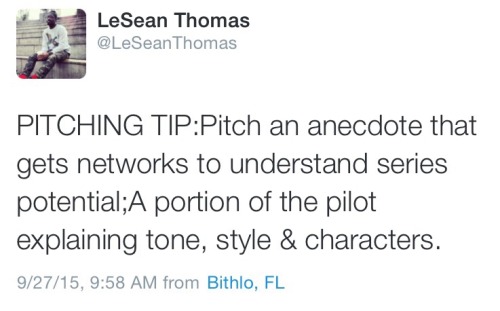C1 F2 R2 Z1
C1 F2 R2 Z1
just hops this time
C1 How do they sit in a chair
– normal except completely sideways (arm rests prevent this)
F2 What is her ideal party
– She doesn’t really like parties
R2 Would they be a strict or laid back parent
– Strict but I guess it depends what about
Z1 What is their favorite animal
– real big just sloppy dogs like st bernards or newfoundland or neapolitan mastiff
More Posts from Lauremaster and Others

I love literally everything about @toastyhat’s church animatic world and characters and story and then I saw the dragon concepts and I just thought to myself how beautiful and friend shaped they were and then whoops here’s an unnamed intseh oc and a dragon (don’t know how big they can get so this is a headcannon!)
they share a bond somehow,, working on the details but ty toasty for giving me life with your dragons




Digital illustrations by Aykut Aydoğdu
My new meds make my skin throw a fit. It’s not terribly bad, just a few things here and there, but it’s bumming me out because I’ve never really had too many run-ins with acne.
My four-year-old sister, however, is under the impression that it’s just “3D freckles”, and that they look very, very pretty. She wants all of my freckles to “pop out”, especially the ones across my nose; they’re her favourite.
And it puts me in this weird position where I can’t say, “No, this is acne, and it’s bad,” because I don’t want to teach her that it’s a bad to have unclear skin, you know?
Because the more I think about interactions I have with children, the more I realise that children will consistently compliment “flaws” until they’ve been taught not to.
Like, a kid at the library, whose sister has vitiligo, saw my scars once and suggested that his sister and I should be cats for Halloween, since I have “tabby skin” and she has “calico skin”. “I can be a black cat,” he immediately added. “It’s not AS cool, but they’re the spookiest.”
When I started losing weight, my little brother immediately demanded that I gain it back, because I wasn’t as comfortable to cuddle with anymore.
And my other little sister always wants to wear her paint-stained clothes to school so that “everyone can tell [she’s] an artist”.
I don’t know. I guess talking to little kids just reminds me that all of this superficial shit we worry about really is 100% made up.

Welcome to the space age, ladies and gentlemen





Some Show/Story Pitching tips for young creators.
Concept: a D&D-style fantasy setting where humanity’s weird thing is that we’re the only sapient species that reproduces organically.
Dwarves carve each other out of rock. In theory this can be managed alone, but in practice, few dwarves have mastered all of the necessary skills. Most commonly, it’s a collaborative effort by three to eight individuals. The new dwarf’s body is covered with runes that are in part a recounting of the crafters’ respective lineages, and in part an elaboration of the rights and duties of a member of dwarven society; each dwarf is thus a living legal argument establishing their own existence.
Elves aren’t made, but educated. An elf who wishes to produce offspring selects an ordinary animal and begins teaching it, starting with house-breaking, and progressing through years of increasingly sophisticated lessons. By gradual degrees the animal in question develops reasoning, speech, tool use, and finally the ability to assume a humanoid form at will. Most elves are derived from terrestrial mammals, but there’s at least one community that favours octopuses and squid as its root stock.
Goblins were created by alchemy as servants for an evil wizard, but immediately stole their own formula and rebelled. New goblins are brewed in big brass cauldrons full of exotic reagents; each village keeps a single cauldron in a central location, and emerging goblings are raised by the whole community, with no concept of parentage or lineage. Sometimes they like to add stuff to the goblin soup just to see what happens – there are a lot of weird goblins.
Halflings reproduce via tall tales. Making up fanciful stories about the adventures of fictitious cousins is halfling culture’s main amusement; if a given individual’s story is passed around and elaborated upon by enough people, a halfling answering to that individual’s description just shows up one day. They won’t necessarily possess any truly outlandish abilities that have been attributed to them – mostly you get the sort of person of whom the stories could be plausible exaggerations.
To address the obvious question, yes, this means that dwarves have no cultural notion of childhood, at least not one that humans would recognise as such. Elves and goblins do, though it’s kind of a weird childhood in the case of elves, while with halflings it’s a toss-up; mostly they instantiate as the equivalent of a human 12–14-year-old, and are promptly adopted by a loose affiliation of self-appointed aunts and uncles, though there are outliers in either direction.

Everyone’s talking about House Martins and their fuzzy pants, so I painted over them to make them into griffons. The Common House Griffon (original photo credit is to Steve Robinson)
“When i die, bury me with a headstone etched with cryptic text that heavily implies my grave is cursed or that i’m a vampire. just to give future generations something to have fun with, you know?”
-mollymauk





Lana Jay - https://www.facebook.com/Lanajay2 - https://www.redbubble.com/es/people/lana-jay - https://www.instagram.com/lanajay_art - https://www.etsy.com/es/shop/LanaJayArt
movie tropes that will never get old to me:
a thing happens + two people exchanging money in the back
fourth wall breaking
“give up all your weapons” and that one guy that spends the entire evening taking his weights worth out his pockets
*a terribly loud crash* meowing/ car sirens heard offscreen
alternatively: a terribly loud crash and one of the characters going “oops” in the most casual voice
“fuck you” “well if you insist”
-
 lauremaster reblogged this · 6 years ago
lauremaster reblogged this · 6 years ago -
 ljonskar liked this · 6 years ago
ljonskar liked this · 6 years ago -
 zackinthegreen reblogged this · 6 years ago
zackinthegreen reblogged this · 6 years ago